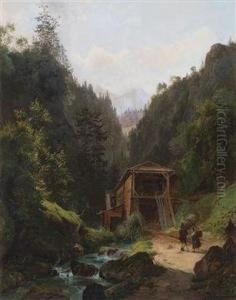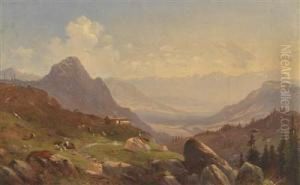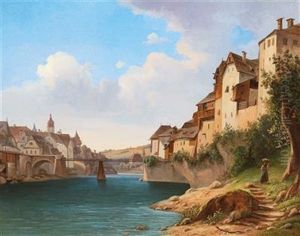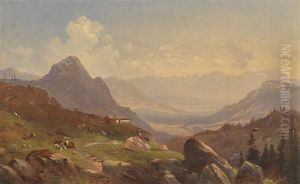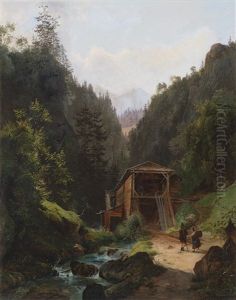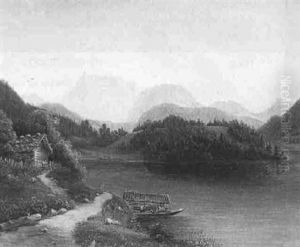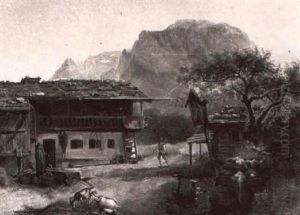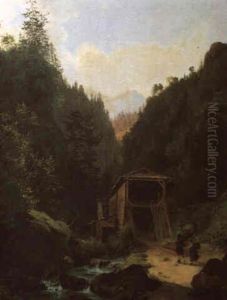Franz Wipplinger Paintings
Franz Wipplinger was an Austrian artist known for his involvement in the modern art movement in Austria during the mid-20th century. Born in 1928, Wipplinger began his career in the post-World War II era, a time when European art was profoundly influenced by existentialist thought and the search for new means of expression after the horrors of the war.
Initially, Wipplinger's work was heavily influenced by the prevailing artistic trends of his time, including Art Informel and Tachisme, European counterparts to Abstract Expressionism in the United States. He was part of a generation of artists who sought to move away from representational art and explore the possibilities of abstraction. Wipplinger's early work is characterized by gestural brushstrokes and an intense focus on the materiality of the paint itself.
Throughout his career, Wipplinger experimented with different techniques and materials, often incorporating elements of collage and assemblage into his paintings. His compositions were known for their dynamic textures and the interplay between color and form. Although his work was primarily abstract, he occasionally drew on figurative elements, which he abstracted to the point where they served more as a reference to reality than as a depiction of it.
Wipplinger's contributions to Austrian art were cut short by his untimely death in 1976, when he was just 48 years old. Despite his relatively short career, he left behind a significant body of work that continues to be studied and appreciated for its innovative approach and its reflection of the post-war artistic landscape in Europe.
He was part of a broader movement in Austrian art that sought to redefine the country's cultural identity in the aftermath of war and occupation. Wipplinger's legacy is one of exploration and the pushing of boundaries, reflecting the turbulent yet vibrant spirit of his times.
